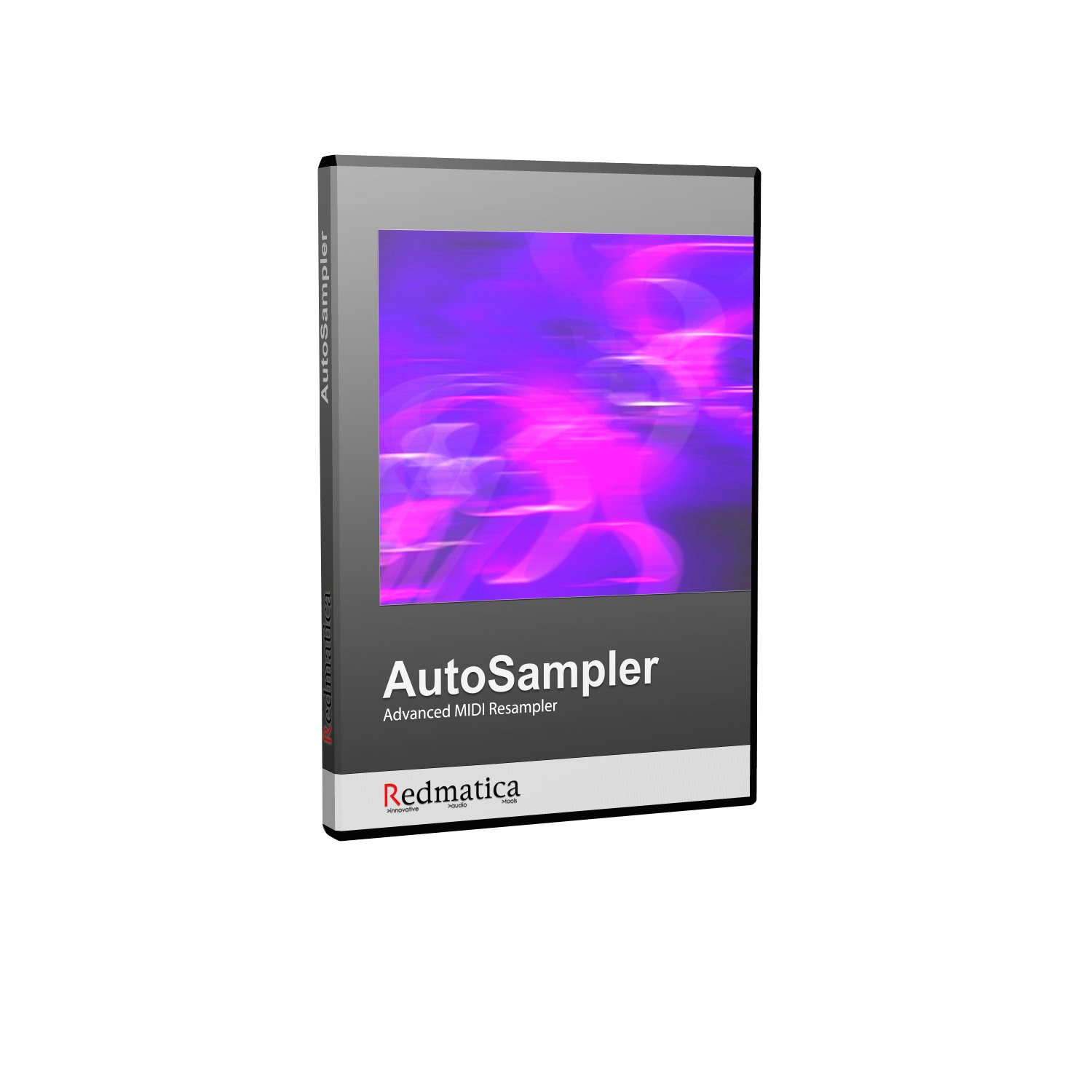
1. Start with amazing sounds.
You will need to
start off with at least two amazing sounds that have some kind of relationship with the other. Contrasting, yet complimentary is often musical, like a pad and synth lead, or a bass and a lead. What matters is that these sounds are what you want to hear in your end product. The sounds must have something to say to the listener. Human's don't want to hear the same thing over and over again. If the sounds can talk to the listener and to other sounds, you'll be able to create a valid musical composition.
2. Integrate the drums.
A big mistake in dance music is not integrating the rhythm of the drums with the melody or bass. Within the standard 4/4 time there can be endless variation. Drums are not just for keeping the time signature or creating a lead up. The groove of the drums indicates groove of the song but can do so much more. Rests provide space for other instruments to get in and creates anticipation for the human.
The best dance music is drum heavy, but it is not all 4/4. There is usually a lot of extra magic going on, and it would be stupid to neglect how you program your drums in any genre.
3. Reduce annoying frequencies & conquer Loudness
So many recordings are broken by tonal imbalances. EQ can remove unwanted brightness. Remember that you want the listener to be able to turn up your music loud. Its good to test music at both loud and quiet levels.
Cutting with very narrow Q setting and boosting with a wide Q setting does the least amount of damage.When it comes to loudness, check your dynamic range. Low dynamic range is similar to distortion and fatigues the ear. Some genres can get away with it by clever mixing.
You do not need to use compression on every sound. Compression is overused and poorly by the inexperienced. Today's samples are already compressed or normalized, so it might be a mistake to go loud.
4. Try a different Plugin
Sometimes plugins just don't work well for us. They can increase the time we spend messing around to get the sound right.
The best plugins have the best presets. A plugin should save us time! The myth that you shouldn't slap on a preset and expect magic is false. If it works, it works. I've fixed lots of tracks by using a preset, and then maybe one or two minor tweaks. You don't have to follow every step in a tutorial.
5. Have a goal in mind when composing.
Its really easy to get carried away. If you have a target of how you want your songs to sound, its much easy to break up the recording into smaller goals. If you keep progressing you will start to feel creative bursts and keep going.
Music is an emotional journery, not a hobby. You don't need to keep buying corporate synth gear. You can do it all in the computer and with your creative mind!






